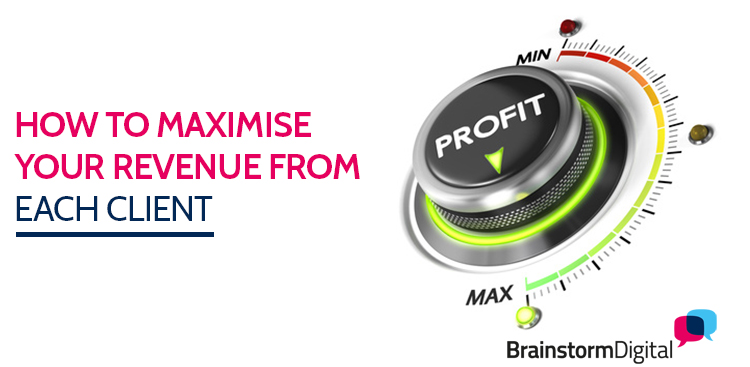
As I tried to pass the time by pretending I was examining all the hair products on display, the manager approached me.
“While you’re sitting here, would you fancy a haircut yourself? One of our stylists just had a cancellation.”
I looked at my watch. I had plenty of time…. So off I went.
Once I was in the chair, the hairdresser started telling me how great highlights would look in my hair. (Apparently I have some natural ones….) And I could make it look so much shinier with a certain type of moisturising oil.
I’m sure you can guess the ending.
I came into the hairdresser’s for a £11 children’s haircut, and walked out with a £90 bill and an appointment for a hair colouring treatment.
Now, you might think I’m a sucker 🙂 But from a marketing point of view, I can only admire this hair salon’s sales process.
What they had was a perfectly executed ‘Value ladder’.
You see, when we talk to companies about their online marketing and sales funnels, they often only have the equivalent of the ‘hair colouring’ option. They have one or two high-value, top-of-the-range products.
But just as I would never even considered the more expensive and risky option unless I’d had the basic haircut first, companies struggle to get people to buy a very expensive product online as a first step. Customers need to be hooked in with low-cost, low-risk, entry-level offers.
Other companies have the opposite problem: They only have one, low-value main product – the equivalent of the children’s haircut. They can bring in lots of new customers, but the revenue that generates doesn’t cover the cost of marketing – let alone growing the business – and they don’t have anything else to sell the customers who buy.
They can’t make money.
Operating at just one end of the market is a problem when you sell online. What both of these companies lack is a ‘Value ladder’ – a series of different offerings at different price points.
Companies can bring in customers at a low point, and gently escalate them to the top of the range (or as high as is appropriate for them).
Alternatively, if customers buy something expensive to start off with, you can sell them something even more expensive…. Or if they won’t buy that, something cheaper (that’s the hair product I plumped for). Apart from generating income, down-selling can provide a means of keeping customers in contact with you and committed to your brand.
Wondering how all this might work for you?
In my next post I’m going to give you some more examples of how a value ladder can work in different real-world businesses. And I promise not to mention my hair again!






